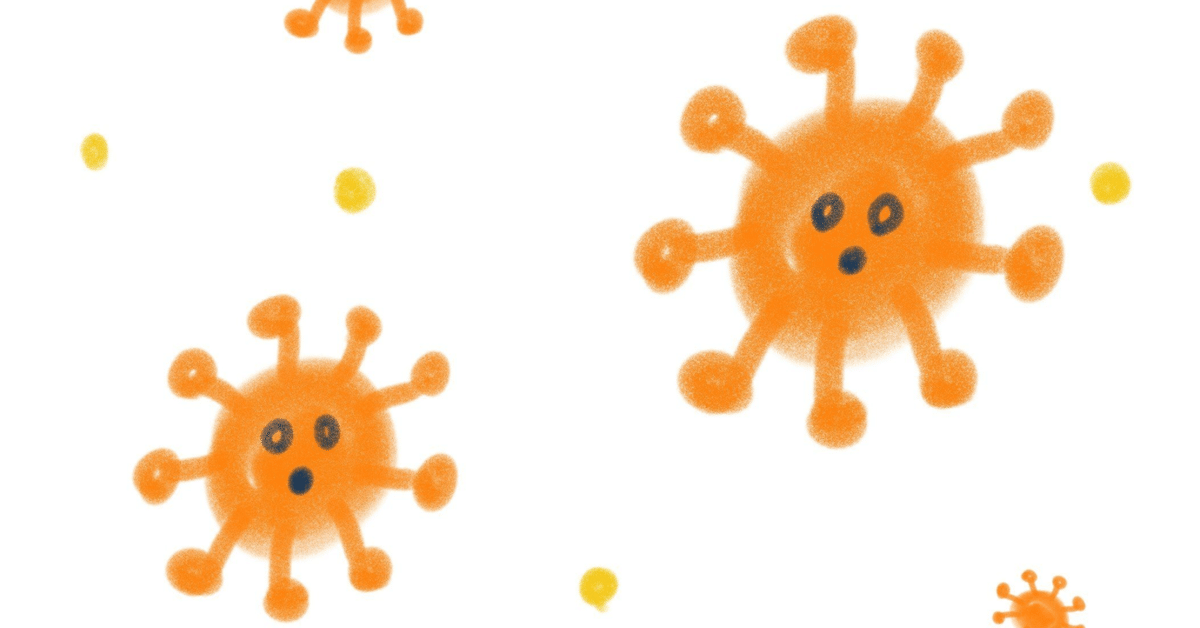
コロナ罹患後症状の神経症状は高齢者よりも若年層中年層に現れやすい。:Annals of Neurology.
Long COVID Hits the Young Harder Than the Old, Study Finds
It might sound counterintuitive, but new research shows that when Long COVID strikes, younger patients appear more prone to severe symptoms than older folks.
That's tough on society as a whole, the study's lead author said.
“The impact of Long COVID is causing disproportionate morbidity [illness] and disability in younger adults in their prime who provide much of the workforce, productivity and innovation in our society,” said Dr. Igor Koralnik. He co-directs the Northwestern Medicine Comprehensive COVID-19 Center, in Chicago.
According to the researchers, neurological symptoms of Long COVID can include headache, numbness and tingling, problems with smell and taste, blurred vision, depression, anxiety, insomnia, fatigue and a decrease in cognitive function.
“While deaths from COVID-19 continue to decrease, people still get repetitive infections with the virus and may develop Long COVID along the way,” said Koralnik, who is also chief of neuroinfectious diseases and global neurology at Northwestern Medicine.
“Long COVID is causing an alteration in patients’ quality of life," he said. "Despite vaccinations and boosters, about 30 percent of COVID patients develop some Long COVID symptoms."
The new study was published Nov. 22 in the Annals of Neurology. It involved the first 1,300 patients diagnosed with Long COVID and cared for at the Northwestern COVID clinic.
As the researchers noted, only 200 of those patients had initial COVID-19 symptoms so severe (for example, pneumonia) that they required hospitalization.
Researchers tracked patient outcomes for an average of 10 months after the onset of their initial bout with COVID.
They found that the neurological symptoms of people with Long COVID tended to be more pronounced if they were under 65, compared to those experienced by older individuals.
An array of neurological symptoms often occurred, regardless of how severe the patient's initial case of COVID-19 had been, the Chicago team added.
"This study highlights the importance that people of all ages suffering from Long COVID should be provided with the necessary treatment and rehabilitation services to alleviate their symptoms and improve their quality of life。
新たな研究によると、新型コロナウイルス感染症(COVID-19)の罹患後症状(long COVID)のうち、重篤な神経症状は、高齢者よりも若年層や中年層の人に現れやすいことが明らかになった。米ノースウェスタン・メディスン総合COVID-19センターの共同所長を務めるIgor Koralnik氏らによるこの研究結果は、「Annals of Neurology」に掲載された。
Long COVIDの神経症状は、頭痛、しびれやうずき、嗅覚障害や味覚障害、目のかすみ、抑うつ、不安、不眠、倦怠感、認知機能の低下などである。論文の上席著者であるKoralnik氏は、「COVID-19による死亡者数は減少し続けているが、人々は依然としてウイルスに繰り返し感染し、その過程でlong COVIDを発症する可能性がある」と指摘する。同氏は、「long COVIDは、患者の生活の質(QOL)に変化を引き起こしている。ワクチン接種や追加接種を受けている人でも、COVID-19患者の約30%にlong COVIDの何らかの症状が現れる」と話す。
今回の研究では、2020年3月から2023年3月の間にノースウェスタンメモリアルホスピタルのNeuro-COVID-19クリニックを受診し、新型コロナウイルス検査で陽性が判明した最初の1,300人(COVID-19による入院歴のある患者200人、入院歴のない患者1,100人)を対象に、COVID-19の重症度(入院歴の有無)によるlong COVIDの神経症状の違いを検討した。対象患者は、若年層(18〜44歳)、中年層(45〜64歳)、高齢者(65歳以上)に分類された。
COVID-19の発症から10カ月後の時点で、若年層と中年層では、高齢者に比べてlong COVIDの神経症状の発生率が高く、症状の負担も大きいことが明らかになった。また、入院歴のない患者群では、若年層と中年層で高齢者に比べて、主観的な倦怠感や睡眠障害のスコアが高く、これらの層はQOLへの障害をより強く感じていることが浮き彫りになった。さらに、入院歴のない患者群では、認知機能(実行機能や作業記憶)のスコアが最も低かったのは若年層であることも判明した。一方、入院歴のある患者群では、認知機能の一部(実行機能)に統計学的に有意に近い年齢による差が認められたものの、QOLには年齢による有意な差は確認されなかった。やはり、コロナに感染しないようにマスクなど予防が必要ですね。
